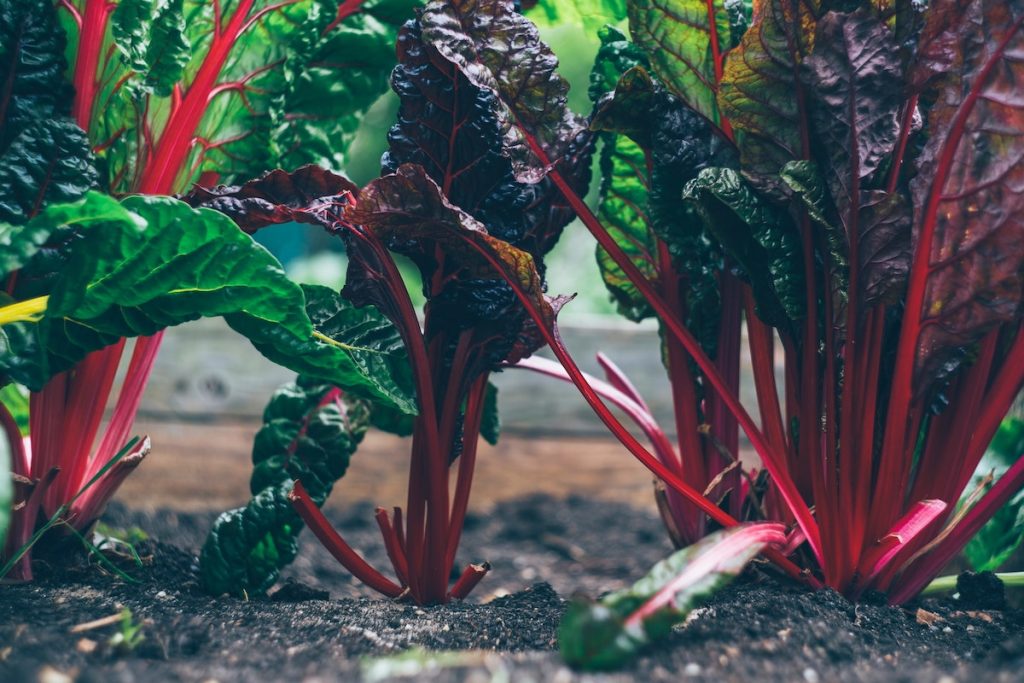Are you looking for a way to create a beautiful and sustainable garden? Look no further! With these eight simple steps, you can build an environmentally-friendly outdoor space in no time. Learn how to select plants suited for your growing region and keep soil healthy with natural composting methods. The right equipment can help make the process easier, saving water and energy in the long run. Victoria Gerrard La Crosse WI shares her steps to having a lush, green garden.
Research
When it comes to creating a sustainable garden, research is vital. Knowing which plants will thrive in your climate and growing conditions can help maximize your outdoor space. It’s essential to take the time to understand which types of plants are best suited for your region so that you can create an environmentally-friendly garden that will last for years to come.
One way to ensure success with gardening is by researching what plants do well in your area. This means understanding the different soil types and climates and how much sunlight or shade each plant needs to flourish. Doing this research ahead of time helps prevent costly mistakes such as purchasing the wrong type of plant or choosing one that won’t survive due to lack of light or water.
Additionally, certain native species may require less maintenance than non-native varieties and provide food and shelter for beneficial wildlife like birds and bees! Investing extra effort into researching suitable plants beforehand allows you to enjoy a beautiful, sustainable garden all season long without hassle.
Design
Designing a garden that fits your space is essential to creating a sustainable outdoor area. When planning, start by measuring your outdoor space and drawing a simple sketch to outline your goals. Determine which areas receive the most sun and shade, and consider how you want to use each garden section. Consider any existing features, such as trees or water features, and try to work around them to create a cohesive design.
Once you have a basic layout, think about how you want to use color, texture, and height to create depth and interest in your garden design. Mixing and matching different plant varieties can help create a visually stunning look supporting the natural environment. Consider incorporating a mix of annual and perennial flowers, trees, and shrubs to create a layered effect that adds visual depth and interest to your garden. Remember to use hardscaping elements like stone or wood to create paths or raised garden beds, adding more visual appeal to your design. Creating a layout that caters to your space and preferences can help make sure that you have a garden that is both sustainable and environmentally friendly.
Prepare
Preparing your garden soil with natural composting methods is vital to creating a sustainable outdoor space. Composting provides essential nutrients to the ground and helps improve its structure, leading to healthier plants. It’s also an environmentally friendly way to reduce waste and create nutrient-rich fertilizer for your garden without harmful chemicals. With just a few simple steps, you can easily make your compost at home and use it to nourish your outdoor oasis.
Additionally, the right equipment can help make gardening more accessible and efficient. Invest in tools that are durable and well-made to ensure they last for years to come. Plenty of options are available that use less water and energy than traditional watering methods, such as drip irrigation systems or rain barrels. By investing in intelligent equipment, you can save both time and money when maintaining your sustainable garden.
Monitor
In addition to researching suitable plants and designing a sustainable outdoor space, monitoring water usage is a crucial aspect of sustainable gardening. You can conserve resources and minimize waste by keeping track of water usage. Various techniques can help reduce water usage, such as using drought-resistant plants or installing a water-efficient irrigation system. Additionally, collecting rainwater in a barrel or cistern effectively provides plants with natural water while reducing water usage. Monitoring water usage helps protect the environment but also helps save money on water bills in the long run.
Another crucial aspect of sustainable gardening is keeping the area free of weeds, trellising, and monitoring plant growth. Weeds compete with plants for nutrients and water, making it more difficult for your garden to thrive and reducing sustainability. Regularly pulling weeds and mulching the soil can prevent weed growth and provide nutrients to your plants. Installing a trellis system can also help plants grow more efficiently and prevent them from becoming overcrowded.
Furthermore, monitoring plant growth can help you identify issues before they become significant problems. By noticing a plant with yellowing leaves, for example, you can address the issue before the entire plant dies. By keeping your garden free of weeds, trellising plants, and monitoring their growth, you’ll keep it healthy and sustainable for years.
Final Thoughts
Victoria Gerrard La Crosse WI understands that creating a sustainable garden involves time and energy, but the rewards are countless. Investing in the right plants, tools, and equipment allows you to design a stunning space that supports the environment. Monitoring water usage and plant growth can help keep your garden healthy while minimizing waste. You can create a beautiful, sustainable outdoor oasis that reflects your vision and values with just a few simple steps.





